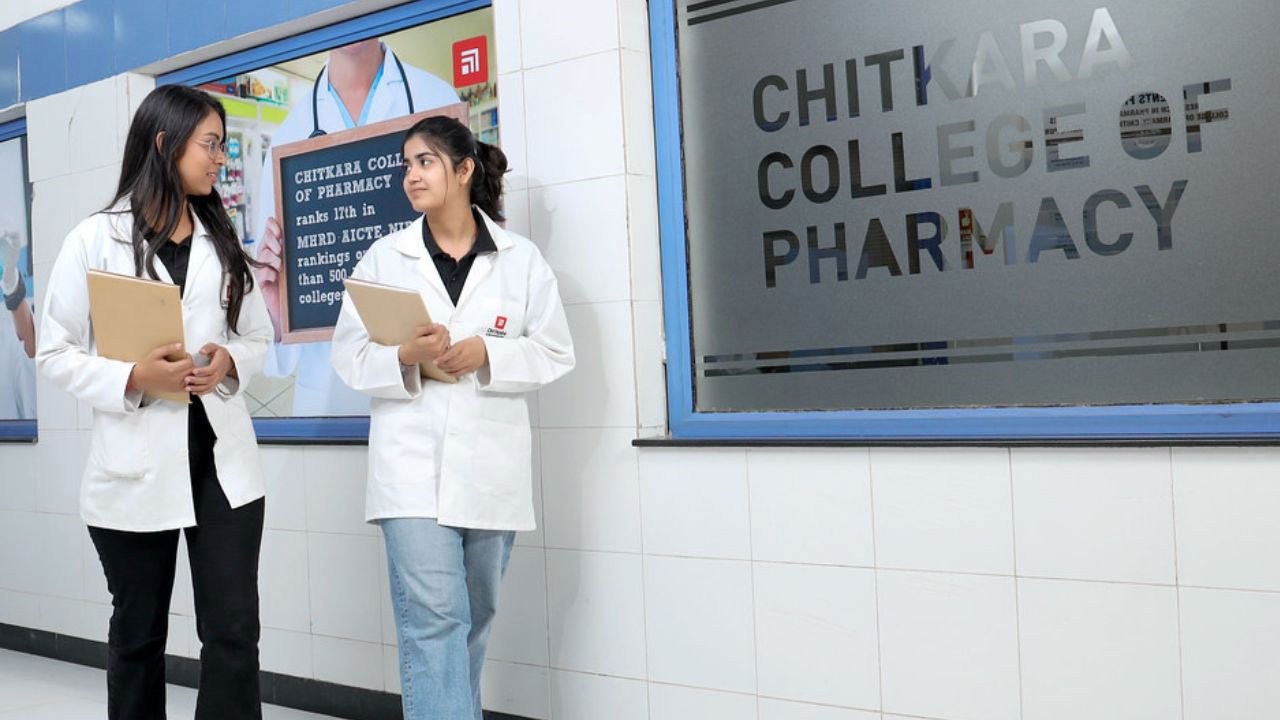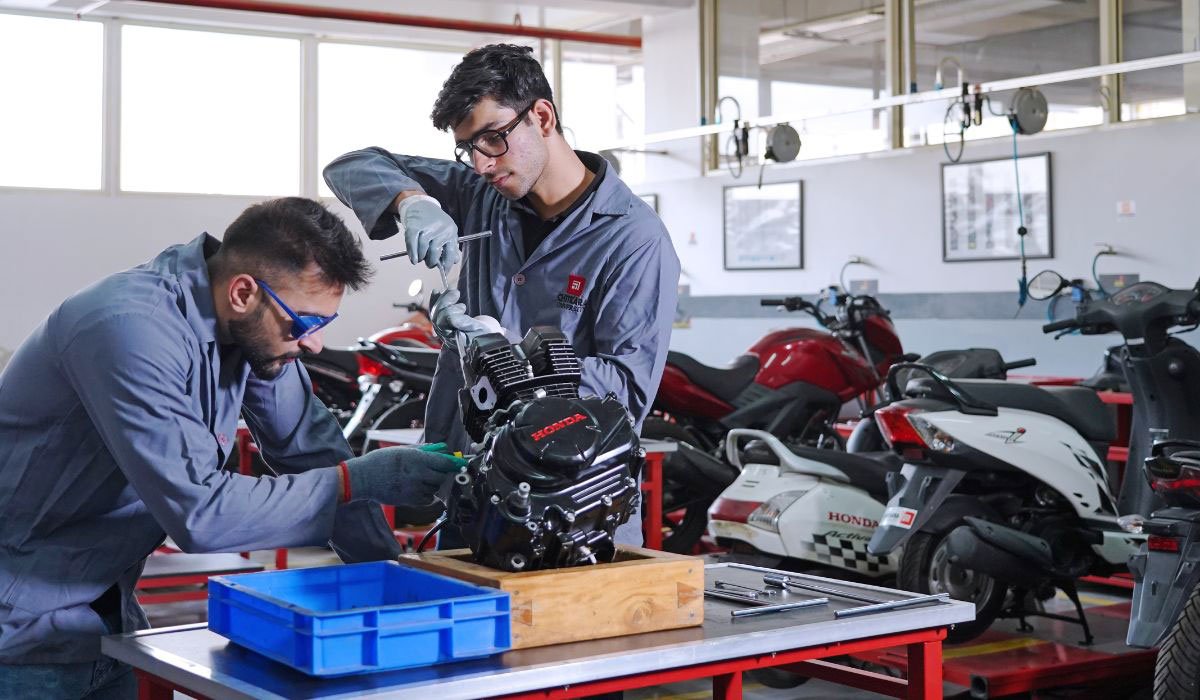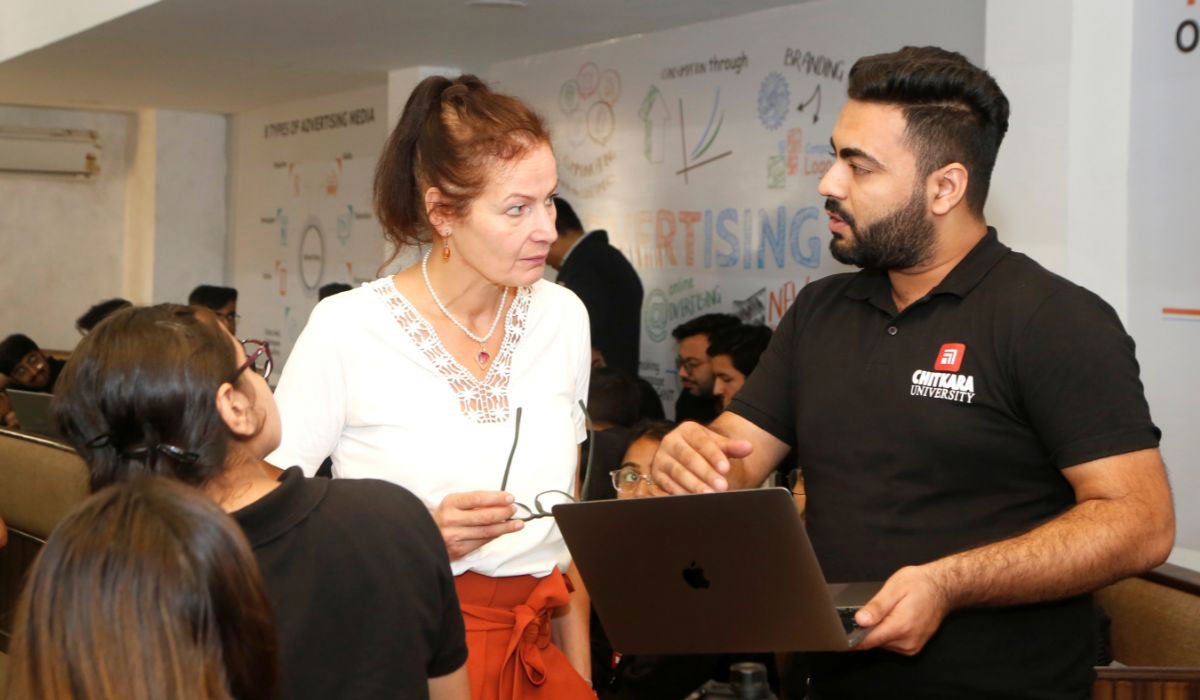Introduction
The pharmaceutical industry in India is a cornerstone of the global healthcare landscape, contributing significantly to drug manufacturing, research, and healthcare delivery. With India’s pharmaceutical market projected to triple in value over the next decade, the demand for skilled pharmacy professionals is soaring in 2025. For students aspiring to enter this dynamic field, two primary educational pathways stand out: the Bachelor of Pharmacy (B Pharma) and the Diploma in Pharmacy (D Pharma). Both programs offer entry into the pharmaceutical sector, but they differ significantly in duration, curriculum depth, and career opportunities. This article explores the key differences between B Pharma and D Pharma, analyzing their career prospects, salary potential, and suitability for various professional goals in 2025. By examining course structure, job roles, industry trends, and long-term opportunities, we aim to guide students toward an informed decision that aligns with their aspirations and circumstances.
Understanding B Pharma and D Pharma
B Pharma: A Comprehensive Undergraduate Degree
The Bachelor of Pharmacy (B Pharma) is a four-year undergraduate degree program designed to provide an in-depth understanding of pharmaceutical sciences. Approved by the Pharmacy Council of India (PCI), B Pharma covers a broad curriculum, including subjects like Pharmaceutics, Pharmacology, Medicinal Chemistry, Pharmaceutical Biotechnology, and Pharmacognosy. The program emphasizes theoretical knowledge, practical laboratory work, internships, and research projects, preparing students for diverse roles in the pharmaceutical industry, healthcare, and academia. Eligibility typically requires completion of Class 12 with Physics, Chemistry, and Biology or Mathematics, with a minimum aggregate of 45–50%. Admission is often based on Class 12 scores or entrance exams like NEET, CUET, MHT CET, or TS EAMCET, with top colleges like Chitkara University, LPU Jalandhar, and Jamia Hamdard setting competitive cut-offs.
D Pharma: A Foundational Diploma Program
The Diploma in Pharmacy (D Pharma) is a two-year program, also PCI-approved, focusing on foundational pharmaceutical knowledge and practical skills. The curriculum covers essential topics such as Pharmaceutical Chemistry, Pharmacology, Hospital and Clinical Pharmacy, and Drug Store Management, with a six-month internship to provide hands-on experience. Like B Pharma, D Pharma requires Class 12 with Physics, Chemistry, and Biology or Mathematics, but its shorter duration makes it a quicker entry point into the workforce. D Pharma is ideal for students seeking immediate employment in entry-level roles or those planning to pursue further studies, such as lateral entry into the second year of B Pharma. Top institutions offering D Pharma include Government College of Pharmacy Bangalore and Noida International University.
Key Differences: Duration, Curriculum, and Scope
Duration and Structure
- B Pharma: Spanning four years (eight semesters), B Pharma offers a comprehensive education with a focus on advanced pharmaceutical sciences, research, and clinical applications. The program includes internships and research projects, providing practical exposure to real-world pharmacy settings.
- D Pharma: A two-year program (plus a six-month internship), D Pharma emphasizes foundational knowledge and practical skills for immediate job readiness. Its shorter duration makes it less intensive but limits the depth of study compared to B Pharma.
Curriculum Depth
- B Pharma: The curriculum is rigorous, covering advanced topics like Pharmaceutical Engineering, Biochemistry, and Herbal Drug Technology. Students engage in laboratory work, clinical assignments, and research, preparing them for specialized roles in drug development, quality control, and regulatory affairs.
- D Pharma: Focuses on core subjects like Pharmacology, Pharmaceutical Jurisprudence, and Social Pharmacy, with an emphasis on practical skills for dispensing medications and managing pharmacies. It lacks the depth required for research-oriented or senior roles.
Scope and Versatility
- B Pharma: Offers a broader scope, equipping graduates for diverse roles in retail pharmacy, hospital pharmacy, research and development, regulatory affairs, clinical pharmacy, and academia. The degree also serves as a foundation for advanced studies like M Pharma, Pharm D, or MBA.
- D Pharma: Primarily prepares students for entry-level roles such as pharmacy technicians, assistants, or retail pharmacists. While it allows for entrepreneurship, such as opening a pharmacy, its scope is narrower, with limited access to research or managerial positions.
Career Prospects in 2025
The pharmaceutical industry in India is a global leader, with 10,500 manufacturing units and 3,000 companies, exporting medications to nearly 200 countries. The sector’s growth, fueled by a 17.7% market surge in recent years, has created diverse opportunities for both B Pharma and D Pharma graduates. However, the nature and scope of these opportunities vary significantly.
Career Opportunities for B Pharma Graduates
B Pharma graduates enjoy a wide array of career paths due to their comprehensive training. Key roles include:
- Retail Pharmacy: Managing or owning pharmacies, dispensing medications, and counseling patients. Average salary: INR 2.5–3.5 LPA.
- Hospital Pharmacy: Working as clinical pharmacists, collaborating with healthcare teams to ensure safe medication use. Average salary: INR 3–4 LPA.
- Drug Manufacturing: Roles in quality control, production, and research, with companies like Sun Pharma, Cipla, and Dr. Reddy’s Laboratories. Average salary: INR 3–4.5 LPA.
- Pharmaceutical Sales: Medical representatives promoting drugs to doctors and institutions. Average salary: INR 3–4.5 LPA, with experienced reps earning INR 5–6.5 LPA monthly.
- Research and Development: Conducting drug development and clinical trials, ideal for those passionate about scientific innovation. Average salary: INR 4–6 LPA.
- Regulatory Affairs: Ensuring compliance with drug regulations, a growing field with salaries of INR 4–7 LPA.
- Academia: Teaching in pharmacy colleges or pursuing research, with salaries starting at INR 3–5 LPA.
- Entrepreneurship: Starting pharmaceutical ventures or consultancies, with high earning potential based on success.
B Pharma graduates benefit from India’s projected 58,000 new pharmaceutical jobs by 2025, with 14,100 annual openings for pharmacists through 2028. Top recruiters like Abbott, Cipla, and Bayer offer robust campus placements, particularly at institutions like Chitkara College of Pharmacy and BITS Pilani.
Career Opportunities for D Pharma Graduates
D Pharma graduates are equipped for entry-level roles, with opportunities including:
- Retail Pharmacy: Working as pharmacists or assistants, dispensing medications, and managing drug stores. Average salary: INR 1.5–2 LPA.
- Hospital Pharmacy: Assisting pharmacists in clinical settings, with salaries of INR 1.5–2.5 LPA.
- Drug Manufacturing: Limited roles in production or quality assurance, with salaries of INR 1.5–3 LPA.
- Pharmaceutical Sales: Entry-level sales roles, with limited scope compared to B Pharma graduates. Average salary: INR 1.5–2.5 LPA.
- Entrepreneurship: Opening a pharmacy with a PCI license, offering potential for growth but requiring business acumen.
While D Pharma graduates can secure respectable jobs in community pharmacies, their career progression is slower due to the diploma’s focus on foundational skills. However, they can pursue lateral entry into B Pharma to expand their opportunities.
Salary Potential and Growth
B Pharma Salary Trends
In 2025, B Pharma graduates command higher starting salaries due to their advanced skills and versatility. Entry-level salaries range from INR 2.5–6 LPA, with mid-level roles at INR 4–8 LPA and senior roles reaching INR 7–14 LPA. Specialized fields like clinical research or pharmacovigilance offer higher packages, particularly in metropolitan cities like Mumbai, Delhi, and Bangalore, where multinational companies (MNCs) like Sun Pharma and Dr. Reddy’s provide better compensation and growth opportunities. Government pharmacists earn around INR 56,100 monthly, with additional benefits. Pursuing certifications in regulatory affairs or clinical research can further boost earning potential.
D Pharma Salary Trends
D Pharma graduates typically earn INR 1.5–3 LPA at entry-level positions, with limited growth compared to B Pharma. Salaries in retail or hospital pharmacies average INR 1.5–2 LPA, with experienced professionals earning up to INR 3 LPA. While D Pharma offers quicker job entry, its salary growth is slower, and roles are often restricted to operational tasks. Entrepreneurship through opening a pharmacy can yield higher earnings, but success depends on location and business skills.
Industry Trends in 2025
India’s pharmaceutical industry is poised for significant growth in 2025, driven by increased healthcare demands, digital transformation, and global exports. The sector’s contribution to 6.6% of India’s merchandise exports and the presence of 270 large R&D firms highlight its robustness. Key trends impacting career prospects include:
- Digital Health and Pharmacovigilance: B Pharma graduates are increasingly sought for roles in data analytics and pharmacovigilance, leveraging technology to monitor drug safety.
- Global Opportunities: India’s export of 586.4 lakh COVID-19 vaccines by 2021 underscores its global influence, creating international roles for B Pharma graduates in MNCs.
- Research and Innovation: The focus on drug development and biotechnology favors B Pharma graduates, who are trained for R&D roles, unlike D Pharma graduates.
- Entrepreneurship: Both degrees support entrepreneurship, but D Pharma is better suited for opening pharmacies, while B Pharma enables broader ventures like pharmaceutical startups.
Choosing the Right Path: Factors to Consider
Career Goals
- B Pharma: Ideal for students aiming for advanced roles in research, regulatory affairs, clinical pharmacy, or academia. It suits those passionate about science and willing to invest four years for long-term growth.
- D Pharma: Best for those seeking quick entry into the workforce as pharmacy technicians or assistants, or aspiring entrepreneurs looking to open pharmacies.
Time and Financial Commitment
- B Pharma: Requires a four-year commitment and higher fees (INR 3,000–80,000 in government colleges; INR 1–4 lakh in private colleges). It’s a larger investment but offers greater returns.
- D Pharma: Shorter (two years) and more affordable (INR 50,000–2 lakh), making it accessible for students with financial constraints. Lateral entry into B Pharma can bridge the gap later.
Further Education
- B Pharma: Opens doors to M Pharma, Pharm D, MBA, or international programs (e.g., MS in Pharmacy via GRE/TOEFL). These enhance career prospects in specialized fields.
- D Pharma: Limits further education unless pursued alongside lateral entry into B Pharma. It’s less suited for advanced academic paths.
Location and Institution
Top colleges like Chitkara University, LPU Jalandhar, and Jamia Hamdard for B Pharma, and Government College of Pharmacy Bangalore for D Pharma, offer strong placement support and modern facilities. Students should choose PCI-approved institutions with robust industry ties and well-equipped labs.
Challenges and Considerations
- B Pharma: The longer duration and higher costs may deter some students. The competitive job market requires continuous learning and certifications to stand out.
- D Pharma: Limited career scope and slower salary growth can restrict long-term advancement. Graduates may need to pursue B Pharma for higher roles.
- Licensing: Both degrees require a PCI license to practice as pharmacists, ensuring compliance with industry standards.
- Market Saturation: With 4 lakh pharmacists graduating annually, competition is high, particularly for D Pharma graduates in entry-level roles.
Conclusion
In 2025, both B Pharma and D Pharma offer rewarding pathways into India’s thriving pharmaceutical industry, but their career prospects differ significantly. B Pharma, with its comprehensive curriculum and broader scope, is the better choice for students aiming for advanced roles in research, regulatory affairs, clinical pharmacy, or academia. Its higher starting salaries (INR 2.5–6 LPA) and diverse opportunities in MNCs, government, and entrepreneurship make it ideal for those seeking long-term growth and global exposure. D Pharma, with its shorter duration and affordability, suits students prioritizing quick job entry or entrepreneurship in retail pharmacy, though its salary range (INR 1.5–3 LPA) and career progression are more limited. Ultimately, the choice depends on individual goals, financial resources, and time commitment. Students should select PCI-approved colleges with strong placement records, such as Chitkara or LPU for B Pharma, or Government College of Pharmacy for D Pharma, to maximize their potential. By aligning their education with industry trends and personal aspirations, aspiring pharmacists can build fulfilling careers in this dynamic field.




